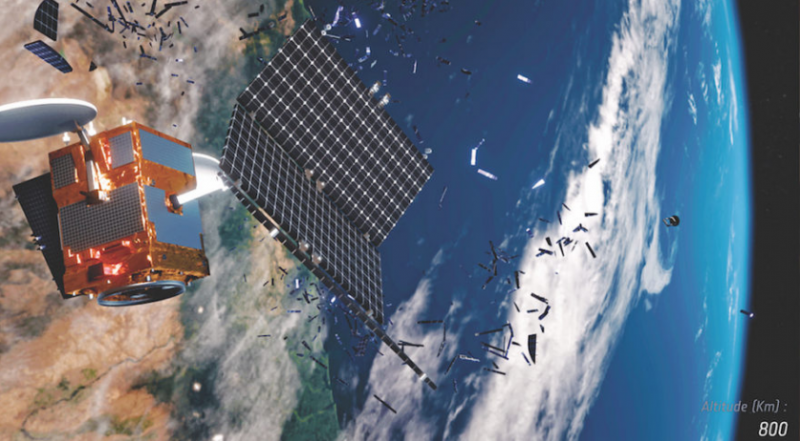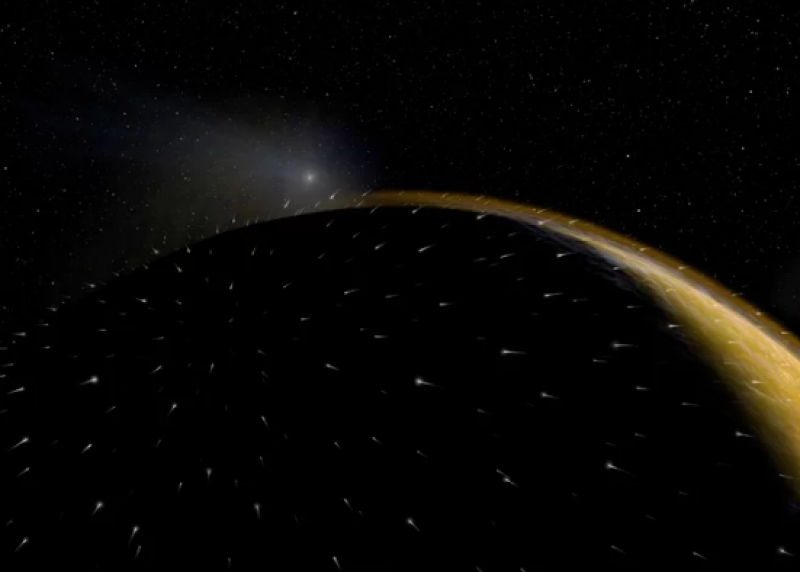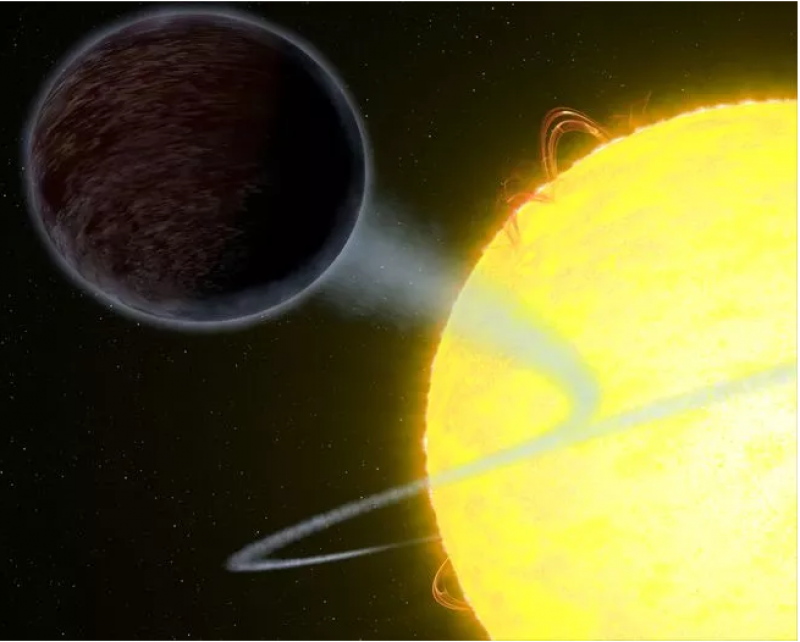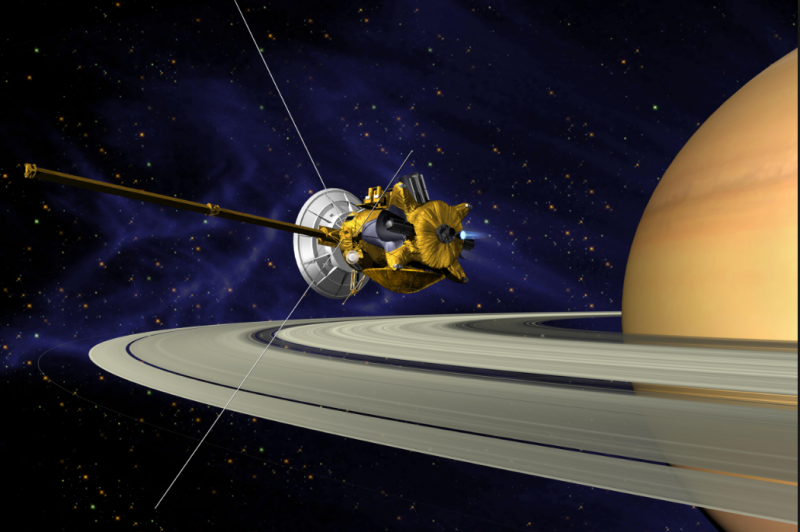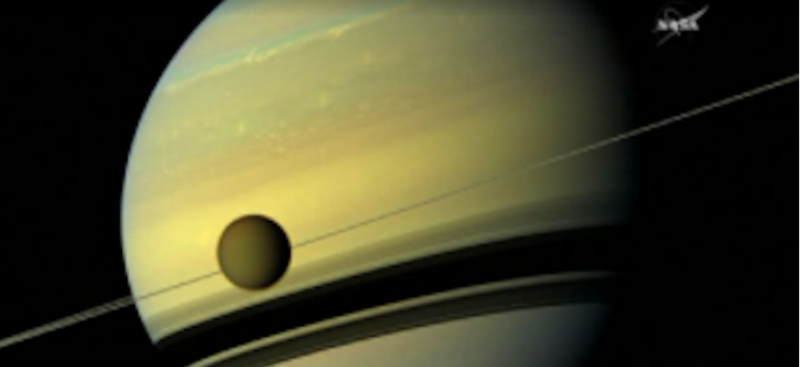News
Astronomy Made Simple
Wednesday, November 1st 2017 04:40 PM
Let The Scope Work For You...
The Meade LightSwitch is a pretty amazing piece of technology. Gone are the days of guessing if you have the proper star in the field of view for alignment. No longer will the kids say, "Are We There Yet?" If they do your reply will be, "Yes. We. Are!" As soon as you flip the switch on the scope the technology dance begins. It moves, and whirs, and thinks, and beeps, and takes photos of the sky while it aligns itself, all while you sit back and smile letting the scope do the heavy lifting. The days we live in. Instant coffee, instant streaming entertainment, and pretty instant alignment...give or take 5 minutes.All of the brawn and brains must come at a lofty price? Well, now you can save up to $300 making it a little easier on the old bank account.The 6" LightSwitch is now $1399The 8" LightSwitch is now $1699But Wait...Show them what is behind door #2! Accessory Sale!Meade Eyepiece Kit now $...
Read More
Read More
Mead Instruments SALE ENDS TOMORROW!
Monday, October 30th 2017 11:00 PM
Fall is here and so are the cool and crisp nights of observing and imaging! Make sure you don't miss out on these great deals with Meade's "SALE" into savings with the LX850 Series and more!
Until tomorrow, October 31st, you can save up to $1000 on Meade's LX850 Series Telescopes andup to 20% off on select Meade Accessories!
Your last chance to SAVEon our BIGGEST LX850 Sale EVER!
ENDS TOMORROW!
The LX850 is the standard in astroimaging & visual performance.
LX850 Includes:
• StarLock dual imager integrated full time guider• A fully-comput...
Read More
Read More
International partnerships to address orbital debris in absence of broader accord
Tuesday, September 26th 2017 11:52 PM
WASHINGTON — International cooperation in dealing with the growing problem or orbital debris is essential, a panel of experts argued, but said not to expect a comprehensive accord on the issue for the foreseeable future.
At a discussion about international approaches to orbital debris, organized by the Aerospace Corporation here Sept. 21, panelists from the United States and several other nations emphasized bilateral and multilateral approaches over comprehensive international accords, like a proposed International Code of Conduct for Outer Space Activities.
That proposed code, introduced by the European Union in 2008, included a number of provisions intended to reduce the chance of collisions and minimizing the creation of debris, either though accidental or deliberate actions. While the code had the support of some major space nations, including the United States, opposition from others has effectively blocked its progress.
Michiru Nishida of the Japanese Embassy’s pol...
Read More
Read More
NASA found a bunch more potentially habitable planets
Friday, September 22nd 2017 10:20 PM
It might seem like NASA is constantly announcing a brand-spanking-new "Earth-like" exoplanet—some far-away world that might possibly maybe have the basic requirements for life as we know it. And it seems that way because, well, that's pretty accurate: it's all thanks to NASA's wildly successful Kepler Space Telescope, which uses the blinking and dimming of distant alien stars to spot planets that might orbit around them. But the latest Kepler finds (219 new planetary candidates, 10 of which are Earth-size and the right distance from their host star to hold liquid water) mark something of an end: this represents the final official planetary search results from Kepler's mission data.
This requires a little bit of unpacking. After all, as you may know, the Kepler Space Telescope is still out there in space finding new planets—and will probably continue doing so for about another year. But the telescope's primary mission ended prematur...
Read More
Read More
Comet's 2014 Mars Flyby Caused Most Intense Meteor Shower Ever Recorded
Thursday, September 21st 2017 09:42 PM
The annual Perseid meteor shower may be great, but it's got nothing on the brief sky show a comet gave Mars a few years back.
Comet Siding Spring produced the most intense meteor shower in recorded history when the object flew by the Red Planet in October 2014, according to newly analyzed data collected at the time by NASA's Mars Atmosphere and Volatile Evolution (MAVEN) orbiter.
MAVEN'S observations suggest that the Siding Spring shower boasted about 108,000 meteors per hour at its peak and lasted up to 3 hours, scientists led by Matteo Crismani, of the University of Colorado Boulder, reported today (Sept. 21) in a presentation at the European Planetary Science Congress 2017 (EPSC 2017) in Riga, Latvia. [Mars-Bound Comet: Photos of Comet Siding Spring]
For comparison, viewers with dark skies can usually count on seeing about 80 meteors per hour during the mid-August peak of the Perseid meteor shower, which is perhaps the most famous and reliably impressive of Earth's annu...
Read More
Read More
This scorching black exoplanet takes in all the light it can and gives almost nothing back
Tuesday, September 19th 2017 07:34 PM
We have discovered a planet. It gathers in light from its sun, and refuses to let go. In return, the star strips away the planet’s atmosphere, slowly devouring it.
That's how the popular planet-inventing Twitter bot Newfound Planets , might describe this particular gaseous giant, smashing together verbs and adjectives into a delicious galactic treat that has to be too good to be true.
But this is entirely real. WASP-12b is a burning monster of a world, a ‘Hot Jupiter’ orbiting a star 1400 light-years away. Scientists first discovered the planet back in 2008, but recent observations made with the Hubble Space Telescope show that the planet is very unusual (even amid its fellow extrasolar worlds with glowing atmospheres, scorching temperatures, or ruby-adorned clouds.
In a study published last week in The Astrophysical Journal, researchers found that WASP-12b is far darker than previous glances through ground-based telescopes h...
Read More
Read More
NASA’s Cassini Spacecraft Ends Its Historic Exploration of Saturn
Saturday, September 16th 2017 09:00 PM
A thrilling epoch in the exploration of our solar system came to a close today, as NASA's Cassini spacecraft made a fateful plunge into the atmosphere of Saturn, ending its 13-year tour of the ringed planet.
"This is the final chapter of an amazing mission, but it’s also a new beginning,” said Thomas Zurbuchen, associate administrator for NASA's Science Mission Directorate at NASA Headquarters in Washington. “Cassini’s discovery of ocean worlds at Titan and Enceladus changed everything, shaking our views to the core about surprising places to search for potential life beyond Earth."
Telemetry received during the plunge indicates that, as expected, Cassini entered Saturn's atmosphere with its thrusters firing to maintain stability, as it sent back a unique final set of science observations. Loss of contact with the Cassini spacecraft occurred at 4:55 a.m. PDT (7:55 a.m. EDT), with the signal received by NASA's Deep Space Network antenna complex in Can...
Read More
Read More
The Cassini spacecraft crashed into Saturn, ending a successful 20-year mission
Friday, September 15th 2017 10:01 PM
PASADENA, Calif. — NASA scientists just received their last message from the Cassini spacecraft, which plunged into Saturn early Friday morning. Those final bits of data signal the end of one of the most successful planetary science missions in history.
“The signal from the spacecraft is gone and within the next 45 seconds so will be the spacecraft,” program manager Earl Maize reported from mission control at NASA's Jet Propulsion Laboratory, just after 4:55 a.m. local time. “This has been an incredible mission, an incredible spacecraft, and you're all an incredible team.”
One of the last pieces of data captured by Cassini was an infrared image of the place into which it took its final plunge. The image, taken 15 hours before the spacecraft's demise, reveals a spot on Saturn's dark side just north of the planet's equator where the spacecraft disintegrated shortly after losing contact with Earth.
Cassini was the first probe to orbit Saturn. Bui...
Read More
Read More
National Solar Observatory to Create 90 Minutes of Totality Using 68 Telescopes
Thursday, August 24th 2017 10:06 PM
by Guy Pirro
For the average observer, the Solar Eclipse on Monday, August 21, 2017, will last about 2 minutes and 40 seconds of totality. The National Solar Observatory (NSO), in a unique experiment, plans to create 90 minutes of continuous totality using a chain of 68 telescopes strategically placed across the country. The Citizen CATE (Continental America Telescopic Eclipse) Experiment aims to capture images of the inner solar corona using a network of telescopes operated by volunteer citizen scientists, high school groups, and universities.CATE is a joint project involving volunteers from more than 20 high schools, 20 universities, informal education groups, and astronomy clubs across the country, as well as 5 national science research labs and 5 corporate sponsors. The goal of CATE is to produce a scientifically unique data set -- A series of high resolution, rapid cadence white light images of the inner corona for 90 straight minutes.For this experiment, scientists, stud...
Read More
Read More
Everything you need to know about the total solar eclipse on 8/21
Wednesday, August 16th 2017 06:17 PM
On Aug. 21, 2017, America will fall under the path of a total solar eclipse.
The so-called Great American Total Solar Eclipse will darken skies all the way from Oregon to South Carolina, along a stretch of land about 70 miles (113 kilometers) wide. People who descend upon this "path of totality" for the big event are in for an unforgettable experience.
Here is Space.com's complete guide to the 2017 total solar eclipse. It includes information about where and when to see it, how long it lasts, what you can expect to see, and how to plan ahead to ensure you get the most out of this incredible experience.
Update for Aug. 16: Today we learn the mechanics behind a total solar eclipse, and how YOU can make a solar eclipse megamovie on Aug. 21. Check back this afternoon for even more Great American Solar Eclipse Coverage! | Interactive Solar Eclipse Maps | Weather and Traffic Guide |&nb...
Read More
Read More


